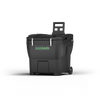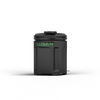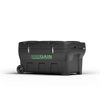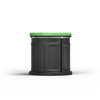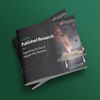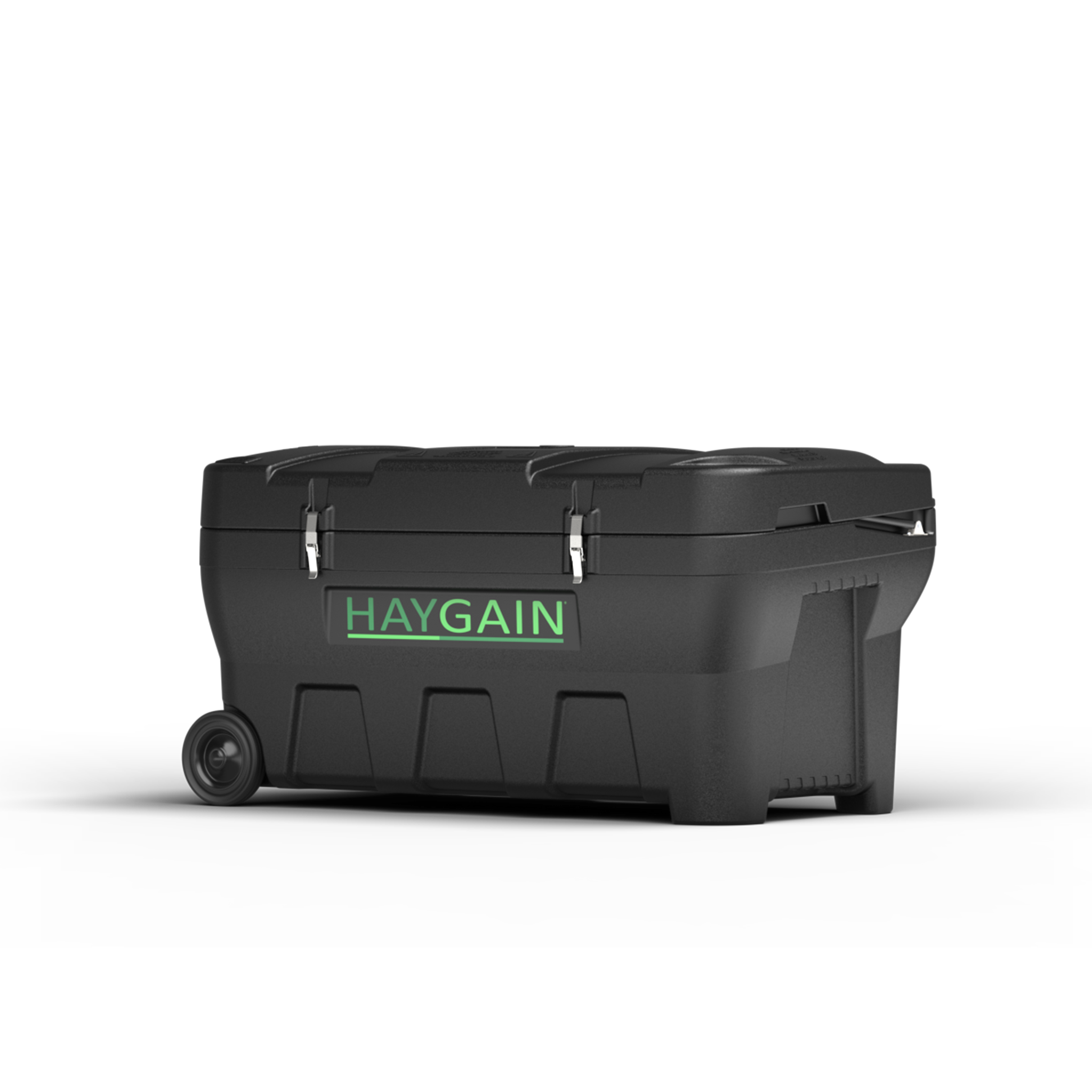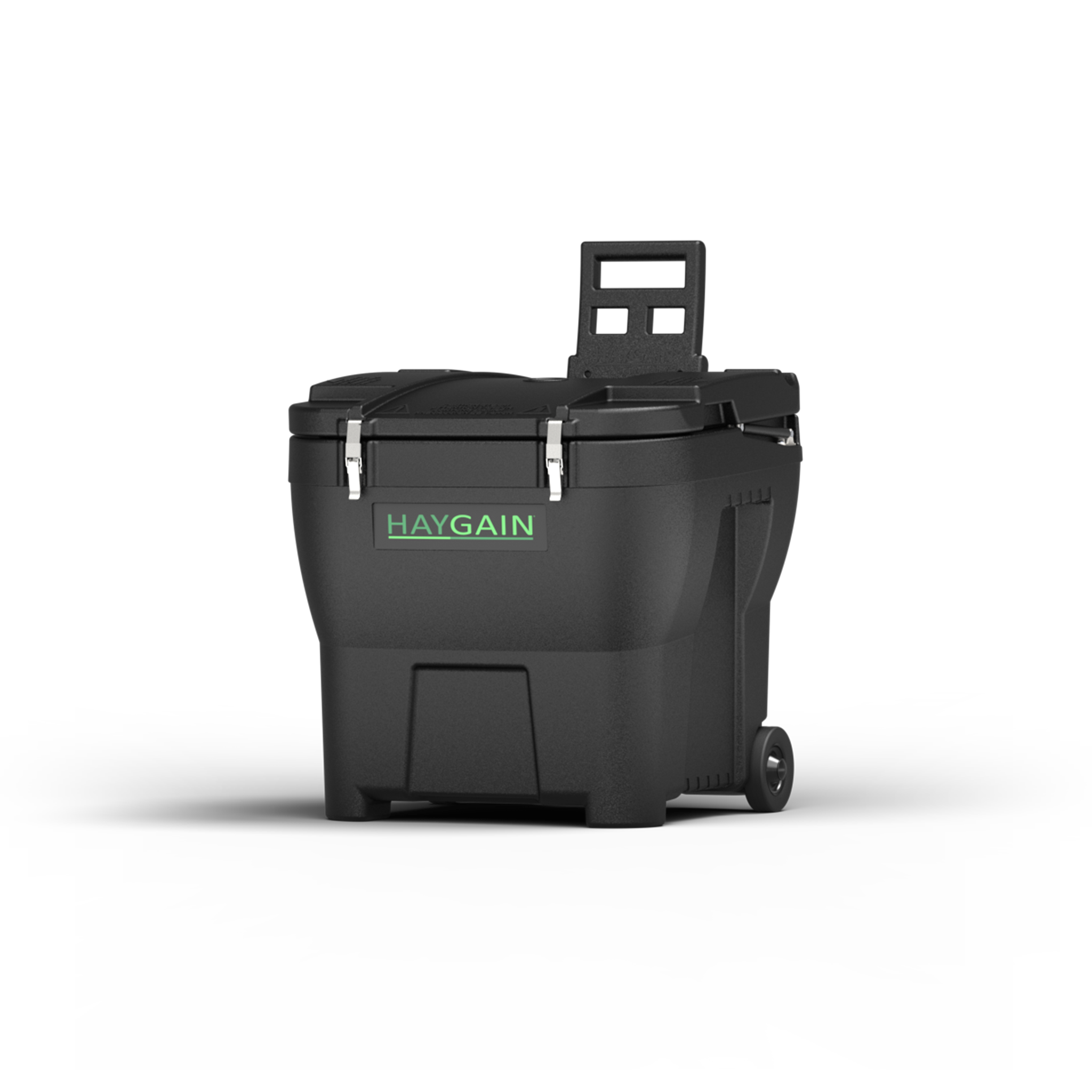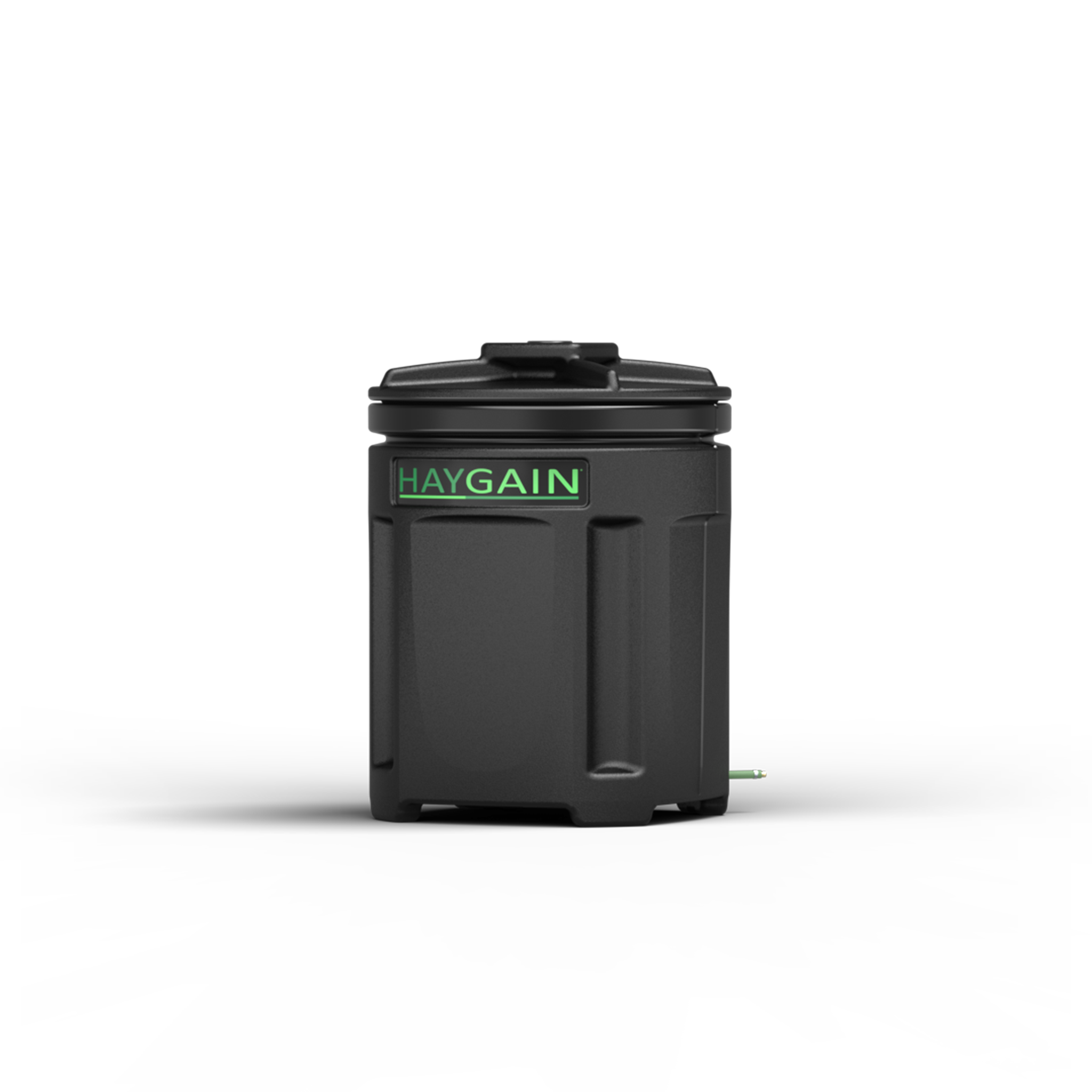The second of 3 articles written by Equine Nutritionist Briony Witherow BSc MSc RNutr. FHEA explaining the importance of forage analysis and how it is carried out.
Understanding the results: Suitability
In part one we discussed how starch and sugar often feature as part of forage analysis and in part two, how, along with interpretation of basic analysis, this might play a role in indicating whether a forage is suitable for your horse. In this part we will discuss key points of interest in ascertaining suitability and what your options are if your forage doesn’t make the grade.
Starch and Sugar
Water Soluble Carbohydrate (WSC) levels within UK forages can range widely,  from 10 to 25% dry matter (DM) in hay (and typically lower than this in haylages due to the ensiling process). Starch levels tend to be very low (0.1-0.8%), due to UK grass species preferentially storing carbohydrates as sugars and fructans. As mentioned in part 1, WSC, starch and Ethanol Soluble Carbohydrates (ESC) can be used to gauge appropriateness for those requiring diets low in starch and sugar.
from 10 to 25% dry matter (DM) in hay (and typically lower than this in haylages due to the ensiling process). Starch levels tend to be very low (0.1-0.8%), due to UK grass species preferentially storing carbohydrates as sugars and fructans. As mentioned in part 1, WSC, starch and Ethanol Soluble Carbohydrates (ESC) can be used to gauge appropriateness for those requiring diets low in starch and sugar.
Recommendations for laminitics are typically based on NSC or WSC content. The current guidelines state that a suitable forage is one that is <10-12% dry matter NSC content or approximately 8-10% dry matter WSC. Therefore, we can use WSC or WSC plus starch as an acceptable guide.
ESC can also be useful as it can allow for further assessment of appropriateness for laminitics – if we subtract ESC from WSC we get an estimate of fructan content - the lower this is, the more suitable it is likely to be for laminitics. However, ESC analysis can underestimate fructan values and therefore interpretation of appropriateness using WSC plus starch (less than 10%) is recommended.
Making sure its suitable for your horse
The good doer: Key points of interest here would be the calorie/energy content (digestible energy)– ideally something less than 8MJ/Kg would provide a good starting point. The types of forage that are most likely to be fall within this range are those that are later cut (when the grass is more mature). Subsequently, these forages may have a higher ADF (>38%) and NDF (>65%) value, meaning they are less digestible. Problems that may be encountered with these types of forages are reduced palatability and reduced hygiene (potential of dust/mould), both of which can be successfully combated through steaming forage prior to feeding.
The laminitic: Key points of interest in addition to those above (if your laminitic is also a good doer) would be to pay close attention to the WSC (sugar) and starch results. As mentioned previously, these figures combined should be ideally less than 10%. ESC values can be used to further refine selection but are not always necessary. It is also worth noting that mature forages may be preferred, not only being lower in digestible energy but also NSC content. While haylage tends to have lower NSC content overall, higher intakes due to palatability can result in increased overall NSC and energy/calorie consumption which are undesirable.
The poor doer: Points to note would be the overall digestible energy along with digestibility. Earlier cuts of forage (those cut when the grass is still growing) are more digestible and therefore tend to have higher overall energy content. These forages also tend to be more palatable – ideal for fussier feeders. Digestibility, indicated by ADF and NDF levels, should be on the lower side: an ADF of 31-35% and an NDF of 50-60%. The better-quality forage you can source, the less reliance you will put upon the concentrate ration to maintain weight and condition.
Treatments to alter its suitability by reducing WSC
What if the WSC plus starch exceeds 10%? If this is the case, you have additional options available to help reduce the WSC content and in doing so make a forage more suitable. The two main options available are soaking, steaming or a combination of both these methods. 
Soaking forage (more typically hay, being naturally higher in WSC) in water can help to significantly reduce WSC content and in doing so overall calorie content. For significant reduction, it is recommended to soak for between three and 16 hours prior to feeding. However, this practice is variable in outcome, the amount of WSC leached depending on factors such as type of forage and temperature of water (losses of anywhere between 6-54% being reported). But this is still an ideal adjunct, alongside selecting a low WSC hay.
Another factor that should be considered when soaking hay for long periods is that it not only leaches the WSC but also vitamins and minerals. As such, if soaking hay for long periods, be sure to counteract these deficiencies by using a suitable concentrate feed (such as a balancer).
Furthermore, we also know that when forage is soaked, large numbers of bacteria can multiply, reducing the hygienic quality of the sample, a 10-minute soak resulting in a 150% increase in bacterial content. This fact has led to recommendations for reduced soaking times, particularly over summer months (a maximum of 6 hours) and reasonable care to be taken to leave soaking hay in a cool area.
Steaming has also been shown to provide some reduction in WSC content – a  50-minute steam (in a purpose-built high temperature steamer) giving losses of 2.3% in WSC content. Further to this, a combination of soaking and steaming hay has been shown to result in larger WSC losses while maintaining hygienic quality. The steaming of both hay and haylage has been shown to increase both palatability and hygiene. Soaking for 9 hours followed by steaming for 50 minutes having the best results for a significant reduction in WSC and improved hygienic quality.
50-minute steam (in a purpose-built high temperature steamer) giving losses of 2.3% in WSC content. Further to this, a combination of soaking and steaming hay has been shown to result in larger WSC losses while maintaining hygienic quality. The steaming of both hay and haylage has been shown to increase both palatability and hygiene. Soaking for 9 hours followed by steaming for 50 minutes having the best results for a significant reduction in WSC and improved hygienic quality.
Going it alone?
For more detailed interpretation of forage analysis it is always useful to seek the opinion of either a nutritionist or feed company who has plenty of experience. While looking at individual nutrients and aspects of the forage in isolation can provide an indication of quality or appropriateness, the forage must also be considered within the context of an individual horse, its management and any other feeds.
It is easy to become sucked in by analysis which may appear to offer a definitive answer and potentially a quick fix, but as always this needs to be considered as part of the bigger picture.
Summary
⦁ Once interpretation of basic analysis has been undertaken, a look at the finer details is necessary for those with clinical issues meaning they require a low starch and sugar diet.
⦁ When interpreting forage analysis with clinical issues in mind, always consult your feed company or nutritionist to help you make forage and subsequent management decisions. They will also be able to advise on treatments to alter suitability.
⦁ Soaking and/or steaming can be a useful tool to help ensure suitability but will be much more likely to achieve this if a suitable forage is chosen in the first instance (later cut more mater forages).
⦁ If using steaming to alter suitability whether that be for WSC reduction or to improve hygiene, a purpose-built high temperature steamer must be used.
Abbreviations
ADF - Acid detergent fibre
DE – Digestible Energy
DM – Dry Matter
ESC - Ethanol Soluble Carbohydrates
NDF - Neutral detergent fibre
WSC – Water Soluble Carbohydrate
Frank, N. Geor, R.J., Bailey, S.R., Durham, A.E., and Johnson, P.J. (2010) ACVIM Consensus statement on EMS. Journal of Veterinary Internal Medicine, 24: 467-475
Longland, A.C., Barfoot, C., and Harris, P.A. (2014) Effect of period, water temperature and agitation on loss of water-soluble carbohydrates and protein from grass hay: implications for equine feeding management. The Veterinary Record, 174 (3): 68
Longland, A.C., Barfoot, C., and Harris, P.A., (2009) The loss of water-soluble carbohydrate and soluble protein from bine different hays soaked in water for up to 16 hours. Journal of Equine Veterinary Science, 29 (5): 383-384
Mack, S.J., Dugdale, A.H., Argo, C.McG., Morgan, R.A., and McGowan, C.M. (2014) Impact of water-soaking on the nutrient composition of UK hays. Vet Record, 174 (8)
Moore-Colyer, M., Lumbis, K., Longland, A., and Harris, P. (2014). The effect of five different wetting treatments on the nutrient content and microbial concentration in hay for horses. PLoS ONE 9(11): e114079.
Muller, C.E., Nostell, K., and Brojer, J., (2015) Microbial counts in forages for horses – effect of storage time and of water soaking before feeding. Journal of Equine Veterinary Science, 35 (7): 622-627
